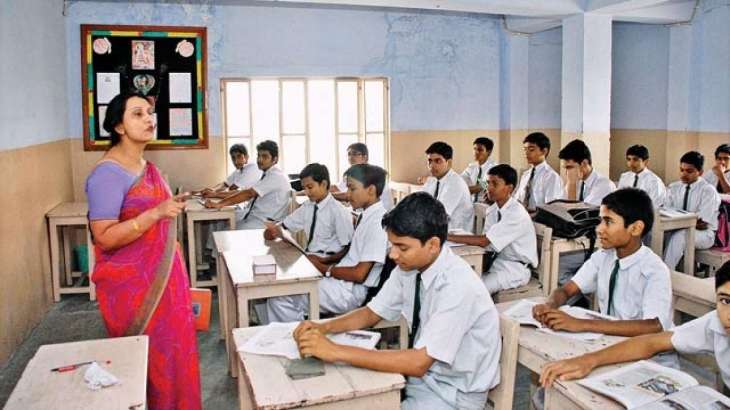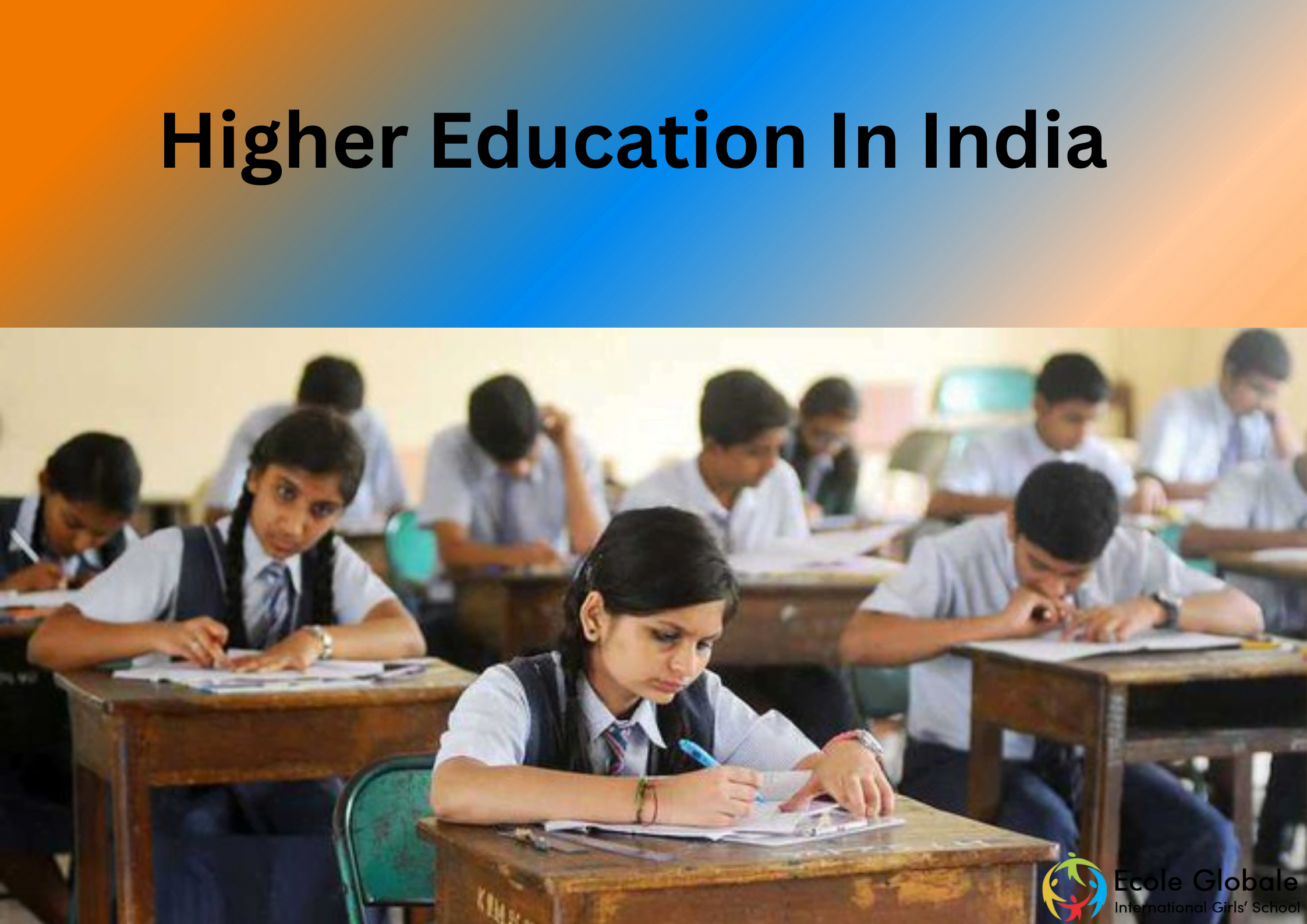India is a country with a rich history and culture, and one of the elements that have been important to its identity for centuries is education.
As per research conducted by School in Dehradun, importance of Higher education in India is not a recent phenomenon; it’s been part of their culture for thousands of years. For example, ancient Indian texts like the Vedas and Upanishads are some of the oldest known written texts in the world, dating back over 3,500 years! And they were originally oral traditions—meaning they were passed down orally from generation to generation.
Even today, education is highly valued in India—so much so that some people choose to leave their families behind when they move there to get an education.
However, higher education in India, system has been plagued with issues. Casteism, corruption, leakages and poor quality of education are some of the biggest pitfalls that plague the country’s academic system. Education is important for Development of India.
Courses Offered

STEM courses (science, technology, engineering, and mathematics) are at the heart of the Indian higher education system. They are considered to be the most prestigious and sought-after courses. Students who are interested in STEM fields can choose from a variety of programs that will prepare them for careers in research, development, and manufacturing.
The goal of STEM courses involves integrated learning and focuses on the actual application of the subjects rather than teaching the four disciplines individually.
Effective STEM education includes experimental and research-based learning in addition to the study of theory.
The same is made possible by the well-equipped laboratories of Indian academic institutions, which aid in instilling innovative, competent, and problem-solving skills in the students.
Non-STEM courses include those offered in social sciences and humanities. These programs are designed to give students an understanding of global issues and how they affect society. Students who take non-STEM courses will learn about global economics and politics as well as global history and culture.
Humanities majors, for instance, open up a wide range of employment prospects where information, skills, and deeper understanding are put to use.
The same is true for degrees in education, accounting, marketing, English, journalism, language studies, and other fields. Counsellors, educational administrators, instructors, clinical psychologists, art or creative directors, etc. are a few examples of careers that can be pursued through non-STEM studies.
Problems In The Indian Higher Education

India has one of the largest higher education systems in the world, with nearly 3 million students pursuing 1,381 universities and over 4,400 colleges. Every year more than 8 million students appear for exams to get enrolled on these colleges and universities.
At every stage in this process, some problems need to be addressed: from poor quality of teachers and infrastructure in government schools, to lack of good career counselling and information flowing from institutions to students.
Feeble Administration
The first problem that Higher Education In India faces is the Feeble Administration. The way the administration handles their students is that they are unequipped to address all the issues and problems that may arise.
Most privately run HEIs invest in infrastructure, equipment, and software rather than personnel. They are unaware that inspiring teachers are what help pupils learn, not impressive buildings. According to Sarvapalli Radhakrishnan, “impressive buildings and expensive equipment will never be a substitute for excellent motivating teachers.”
The higher education system in India is in a state of crisis. The fee structure in private institutions has skyrocketed, making it difficult for students to get quality education.
The government needs to look at the larger picture and create a policy to help students get a quality education while not burdening them with unmanageable fees.
Prof. Sumantra Ghoshal frequently discussed “the Smell of the Place” in the context of fostering a work environment that influences employees’ behaviour to foster “stretch,” discipline, trust, and support.
Due to weak governance, which has a detrimental effect on employee behaviour, quality, and productivity results—all essential components of excellence—this is lacking in the majority of HEIs.
Former Kanchi University Vice-Chancellor Jayasankaran presently serves as an advisor to colleges and universities.
Ineffective Leadership And Faculty
The fact that the higher education system in India is facing a crisis is not news. The issue has been discussed and debated at length, but little has been done to address it.
While there are many reasons for this state of affairs, one significant factor is the ineffective leadership and faculty that live within the higher education sector. The lack of qualified leaders who can provide effective leadership has resulted in a situation where there are no clear goals or objectives, nor any clearly defined way forward.
This lack of leadership has also led to an absence of accountability, which further compounds the problem. With no one willing to take responsibility for their actions and decisions, there is little incentive for faculty or staff members to perform well or improve upon their existing skill sets.
For any kind of change to happen within this system, there needs to be a cultural shift. The former must focus on improving leadership skills among all members working within an organisation’s hierarchy to better serve as role models for others around them at every level (including students).
Integrative abilities in teaching, research, and academic administration are necessary for academic excellence. The visionaries who founded TIFR, ISI, and IIM-A, respectively, Homi Bhabha, Mahalanobis, and Vikram Sarabhai, understood these nuances and chose committed leaders who created outstanding teams and world-class organisations. Sadly, university chancellors/founders and HR executives who assist them lack this capability.
Flawed Student Talent Sourcing
In an attempt to improve the quality of education in India, the government has introduced several reforms over the last few years.
The Super 30 IIT-JEE success story of Anand Kumar in Bihar is the clearest example of how even disadvantaged, rural, non-English-medium school students can flourish in competitive exams provided they have a burning desire to learn. However, the majority of admission exams serve as a screening tool that does not measure learnability, and as a result, they do not draw in the right mix of applicants.
The focus of TQM in education is on the student experience, holding everyone accountable, and ongoing development. HEIs in India have been accepting mediocrity because they are lucky to attract a significant number of students. So, HEIs must address the problem with the selection process.
However, the reforms have failed to produce any significant change in the quality of education provided by various institutions.
One of the main reasons behind this failure is the lack of uniformity in recruitment practices across various institutions. Some institutes hire students who have done well in their undergraduate examinations while others look at other factors like personal interviews and extra-curricular activities. That makes it difficult for students to know which colleges they should apply to based on their performance in their undergraduate examinations alone.
How To Improve The Quality Of Indian Higher Education

To improve the quality of the higher education in India system, we need to start by addressing the issue of student attrition. Currently, the number of students who drop out before graduation is higher than it should be.
The main reasons for this are financial difficulties, lack of parental support, and poor academic performance.
To combat these issues, we should consider introducing a loan system that would allow students to attend college without having to worry about paying back loans after they graduate. This would also encourage more parents to support their children’s education.
Furthermore, we need to focus more on improving academic performance by providing better teachers and more resources for students who are struggling with certain subjects or classes.
The Regulatory Framework

higher education in India, system is managed by several institutions. The University Grants Commission (UGC) is responsible for managing the country’s overall higher education ecosystem and is tasked with promoting and coordinating academic activities at universities and colleges.
The All India Council for Technical Education (AICTE) oversees technical institutes, including engineering colleges, management institutes, polytechnics, and architecture schools. The NAAC and NIRF also manage the accreditation of institutions and colleges.
Conclusion
The Indian higher education system faces a slew of problems, but some relatively simple fixes can improve the situation. Ultimately, greater transparency and more information can provide a better education for all students entering the system, allowing India to make good on its promise to create an elite, world-class education sector.
Keeping in mind the limited resources and immense capabilities, we need to rethink the education system. Solutions are needed.
For any queries related to parenting, schooling, or any student-related tips, click here to check out our latest blogs






